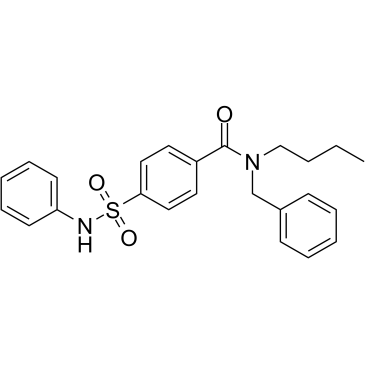LIM Kinase (LIMK)
LIM kinases (LIMKs) are important cell cytoskeleton regulators that play a prominent role in cancer manifestation and neuronal diseases. The LIMK family consists of two homologues, LIMK1 and LIMK2, which differ from one another in expression profile, intercellular localization, and function. The main substrate of LIMK is cofilin, a member of the actin-depolymerizing factor (ADF) protein family. When phosphorylated by LIMK, cofilin is inactive. LIMKs play a contributory role in several neurodevelopmental disorders and in cancer growth and metastasis.
LIM domain kinases (LIMK1 and 2) are substrate for Cdc42/Rac-PAK, and modulate actin dynamics by phosphorylating cofilin at serine-3. This modification inactivates cofilin’s actin severing and depolymerizing activity. LIMKs also translocate into the nucleus and regulate cell cycle progression. LIMKs are potential therapeutic targets for NF2 and other merlin-deficient tumors.
Targets for LIM Kinase (LIMK)
Products for LIM Kinase (LIMK)
- Cat.No. Product Name Information
-
GC19076
BMS-3
BMS-3 is a potent LIMK inhibitor with IC50s of 5 nM and 6 nM for LIMK1 and LIMK2, respectively.
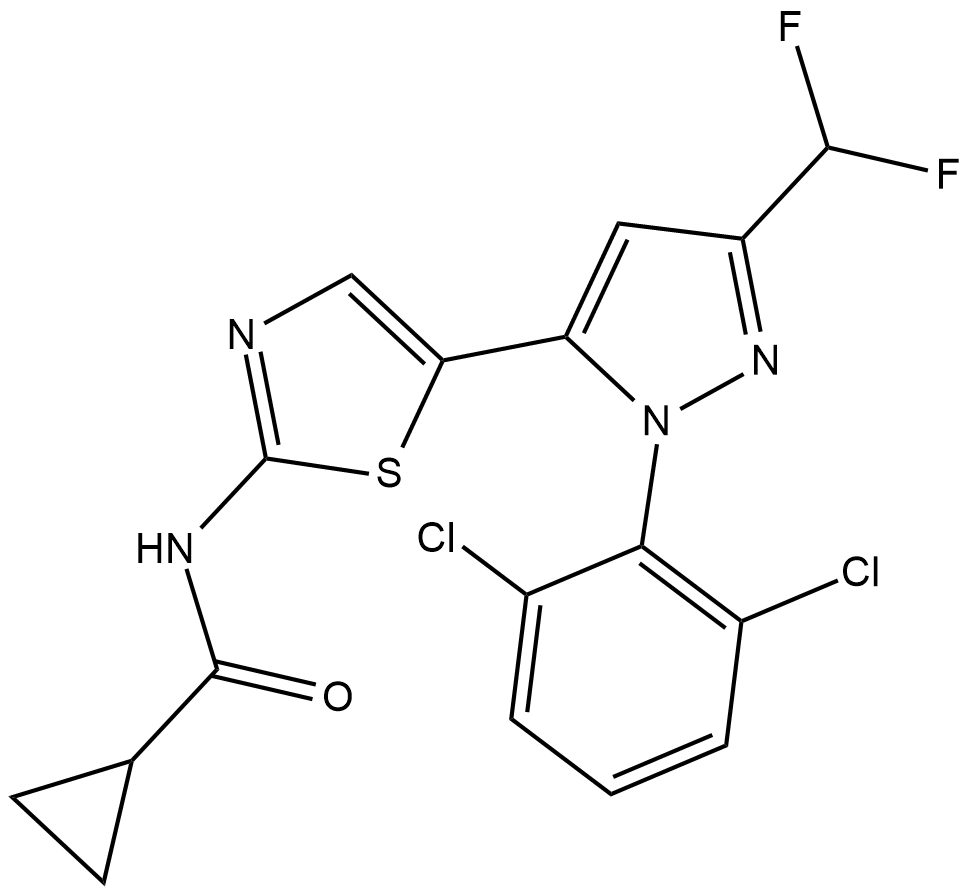
-
GC50404
CRT 0105950
Potent LIMK1/2 inhibitor
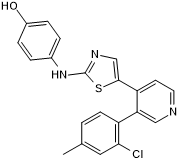
-
GC15511
LIMKi 3
LIMKi 3 (LIMKi 3) is a potent LIMK inhibitor with IC50s of 7 nM and 8 nM for LIMK1 and LIMK2, respectively.
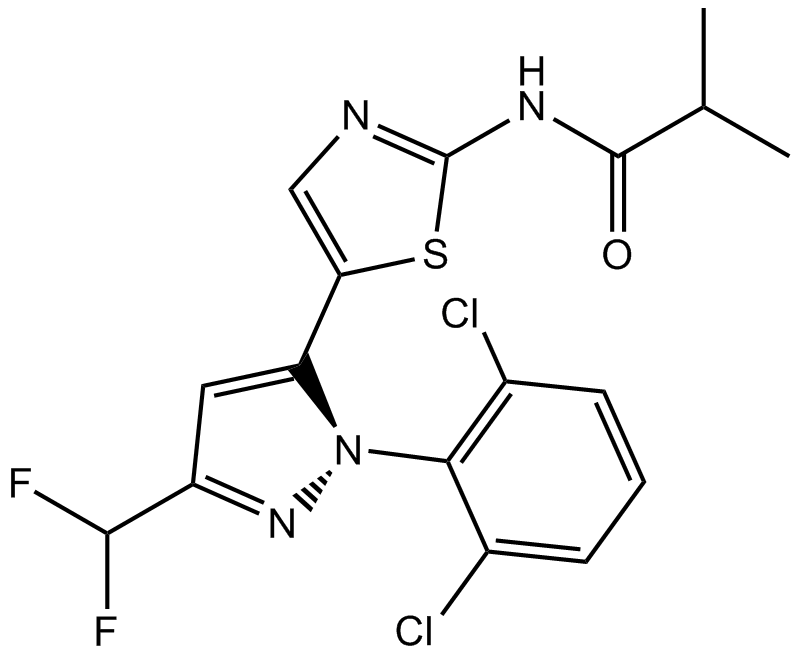
-
GC65207
R-10015
R-10015, a broad-spectrum antiviral compound for HIV infection, acts as a potent and selective inhibitor of LIM domain kinase (LIMK) and binds to the ATP-binding pocket, with an IC50 of 38 nM for human LIMK1.
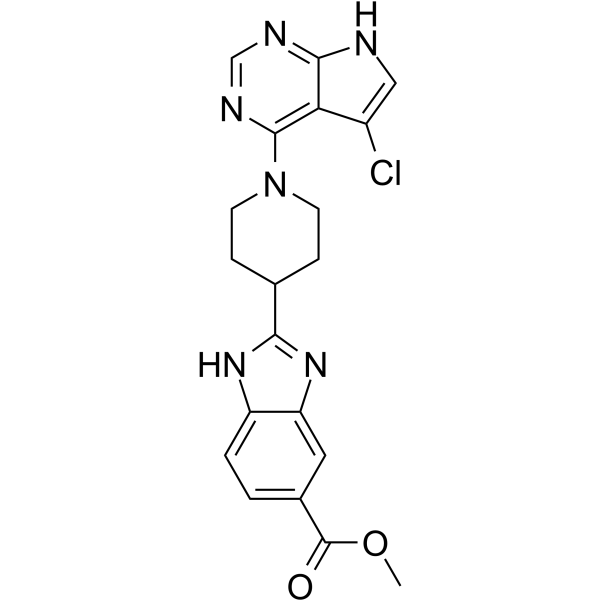
-
GC62675
SM1-71
SM1-71 (compound 5) is a potent TAK1 inhibitor, with a Ki of 160 nM, it also can covalently inhibit MKNK2, MAP2K1/2/3/4/6/7, GAK, AAK1, BMP2K, MAP3K7, MAPKAPK5, GSK3A/B, MAPK1/3, SRC, YES1, FGFR1, ZAK (MLTK), MAP3K1, LIMK1 and RSK2. SM1-71 can inhibit proliferation of multiple cancer cell lines.
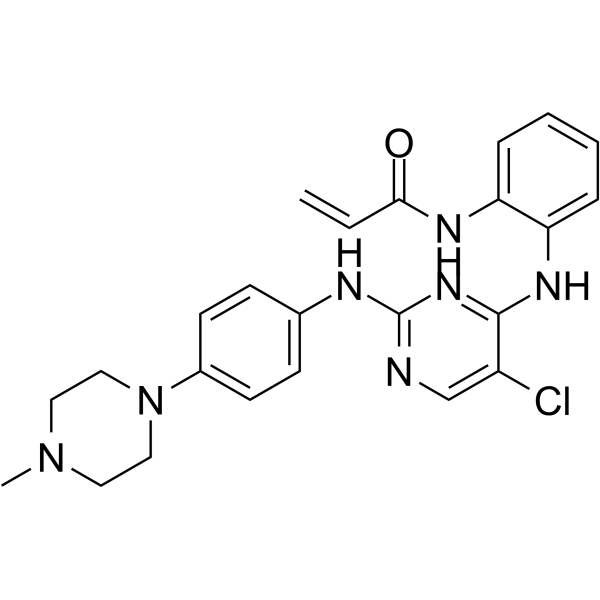
-
GC50219
SR 7826
Potent and selective LIMK inhibitor; antitumor
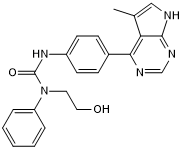
-
GC16355
T 5601640
T 5601640 is a selective inhibitor of LIMK2; inhibits the growth of Panc-1 cells with an IC50 of 35.2 μM.
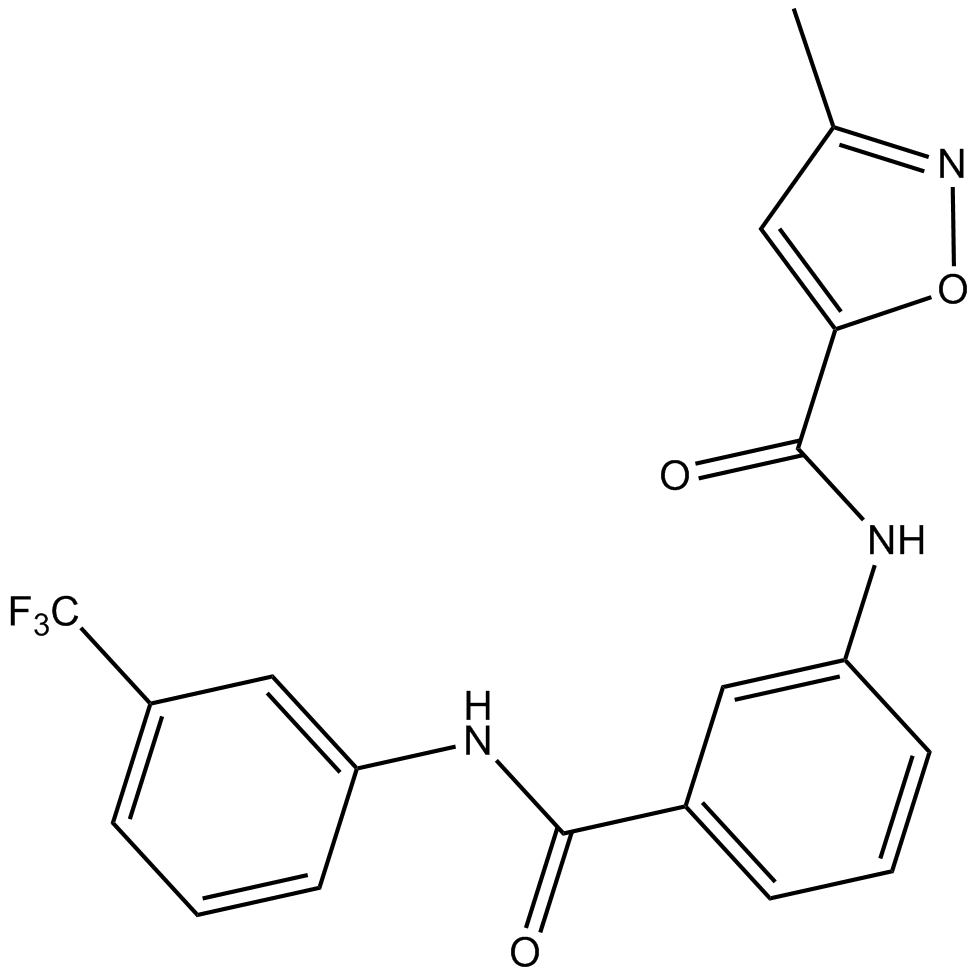
-
GC38860
TH-257
An inhibitor of LIMK1 and LIMK2
